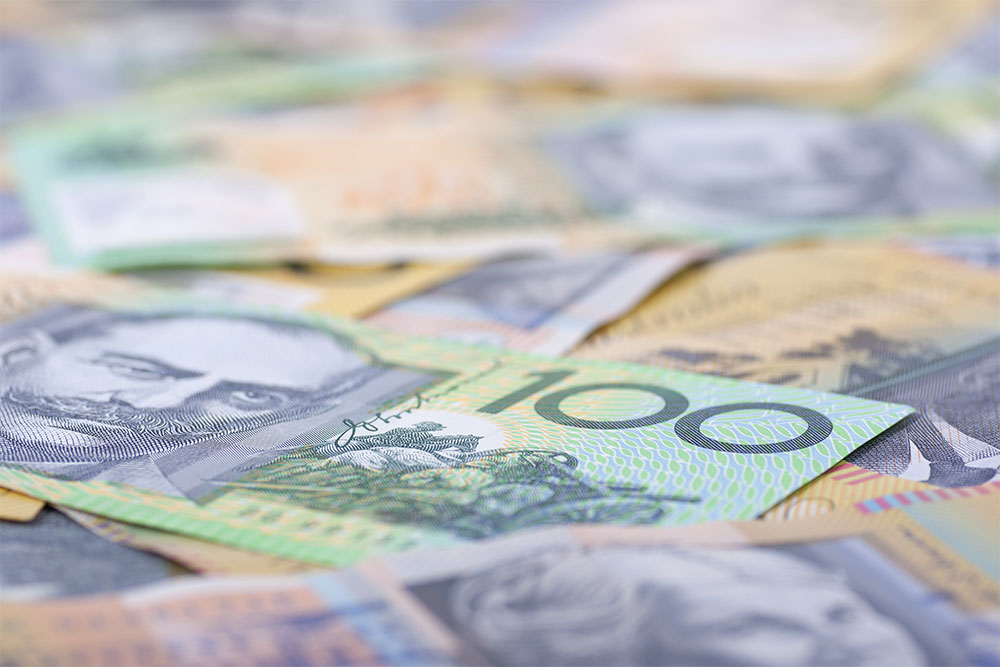Why the End of the Year Is a Hot Time to Buy
December and January are among the best times to buy a new or used car. Dealerships are under pressure to clear out last year’s stock before the new models arrive, and that means big discounts, bonus offers, and attractive finance deals.
But not every “bargain” is what it seems. Some sales hide extra costs or inflated prices behind festive banners. Here’s how to tell the difference between a genuine deal and a clever marketing trick — and how to put yourself in a stronger position before you buy.
Why Dealers Offer Big Discounts at the End of the Year
Dealers and manufacturers run hard to hit annual targets. If stock is still sitting on the lot in December, they’re keen to move it before the books close.
Several factors make this a buyer’s market:
- New models are arriving soon. Dealers need space for next year’s releases.
- Bonuses are on the line. Sales teams often receive incentives for hitting year-end quotas.
- Holding stock costs money. Dealerships pay interest on unsold vehicles, so it’s cheaper to sell at a discount.
- Finance offers stack up. Manufacturers and dealers may offer low-rate finance or bundle extras to push stock out the door.
That’s why the period between Boxing Day and early January is one of the most active for car sales in Australia. If you know what you’re looking for, it’s also when real value can be found.
Red Flags: When a “Bargain” Isn’t Really a Bargain
While some deals are genuine, others are designed to look better than they are. Watch out for these warning signs:
Inflated “Was/Now” prices. Some dealers bump up the original RRP to make the discount appear bigger.
Demo or pre-registered cars sold as “new.” A car that’s been on the road or registered before is technically used, even if it has low kilometres.
Hidden on-road costs. Dealer delivery, stamp duty, and registration can add thousands to the advertised price.
Conditional pricing. That low price might depend on using the dealer’s finance or trading in your old car.
“Free extras” that aren’t really free. Roof racks and tinting often come built into the overall price.
Being aware of these tactics helps you separate the true bargains from the gimmicks.
How to Check If a Deal Is Genuine
Before you sign anything, take a few minutes to do your own homework:
Compare across multiple listings. Use car websites to check pricing for the same make and model.
Ask for the drive-away price. This includes all taxes and fees, so there are no surprises later.
Look up market value. Tools like RedBook can show what others are paying.
Check the build and compliance dates. A car built last year may lose value faster, even if registered later.
Inspect the car’s history. For demos or used vehicles, request a PPSR or history report.
Taking these steps gives you confidence that the “sale price” reflects real value — not clever packaging.
The Finance Factor: Why Pre-Approval Puts You in Control
Many buyers get caught up in the excitement of the deal and forget about finance until the last minute. Dealers often promote their own finance options, but those rates aren’t always the best available.
Getting pre-approved for your car loan before you shop changes everything:
- You can negotiate like a cash buyer.
- You already know your budget and maximum loan amount.
- You can choose where and how to buy — new, used, dealer, or private sale.
- You’re not locked into higher in-house finance rates.
At Rapid Finance, we help people from all walks of life get pre-approved — even if you’ve had past credit issues, receive Centrelink benefits, or have an irregular income. When you walk onto the lot with your finance already in place, you’re in charge of the deal, not the dealer.
Pro Tip: The best car deals often go to buyers who walk in pre-approved.
Used Car Market After Christmas: More Stock, Better Value
Once the new-car rush dies down, January often brings a wave of trade-ins and private listings. Many drivers upgrade before the holidays, which means more used cars hit the market shortly after.
This sudden increase in supply can lead to lower prices and better variety — especially for budget-friendly models, utes, and family SUVs. If you’re flexible on make and model, post-Christmas can be a great time to buy.
Tips to Negotiate the Best Deal
Getting a great car price is part timing, part preparation:
- Visit multiple dealers. Make them compete for your business.
- Know your numbers. Set a maximum budget and stick to it.
- Shop late in the day or at month-end. Sales staff may have targets to meet.
- Ask what’s included. Get written confirmation of warranties, servicing, rego, and on-roads.
- Stay polite but firm. Confidence and preparation go further than confrontation.
And remember: if the deal feels rushed or unclear, walk away. There’s always another car — and another sale.
Checklist: 5 Ways to Confirm a Genuine Car Deal
- Compare the same model’s pricing across three dealerships.
- Ask for a written drive-away price.
- Verify build and compliance dates.
- Check the PPSR or car history report.
- Get pre-approved finance before you negotiate.
Wrapping Up: How to Make the Most of Year-End Deals
End-of-year car sales can be a fantastic opportunity — if you do your research. Know the market value, look past flashy marketing, and get your finance sorted first.
With Rapid Car Finance, you could walk into the dealership ready to buy, not ready to apply. Pre-approval gives you confidence, control, and clarity over what you can spend — so when a real bargain appears, you can grab it on the spot.
Ready to buy your next car?
Don’t let finance hold you back. Apply Now with Rapid Finance and get pre-approved before you shop.

